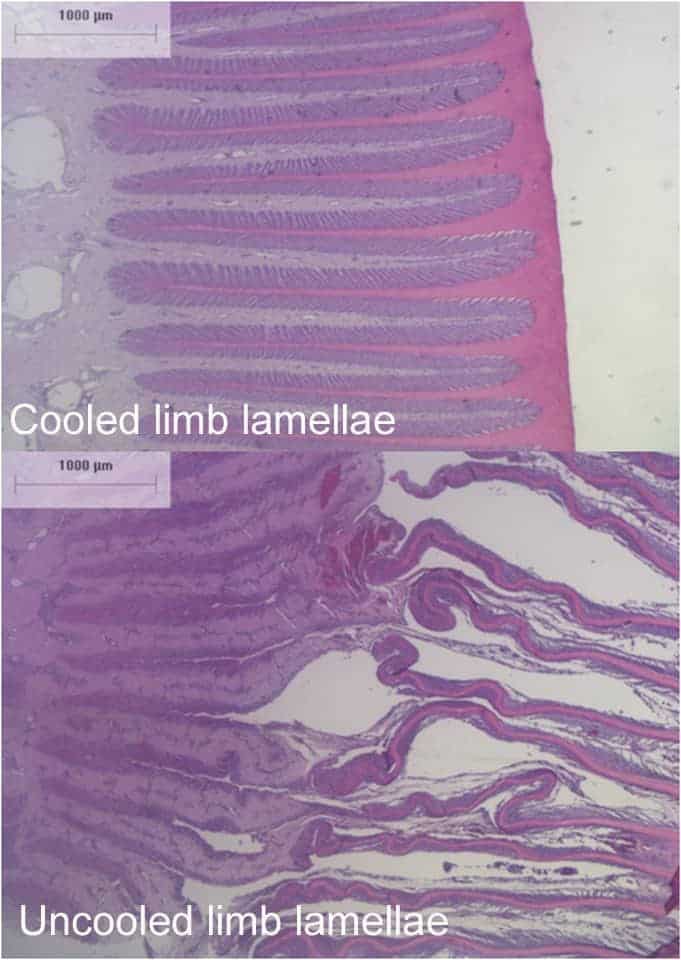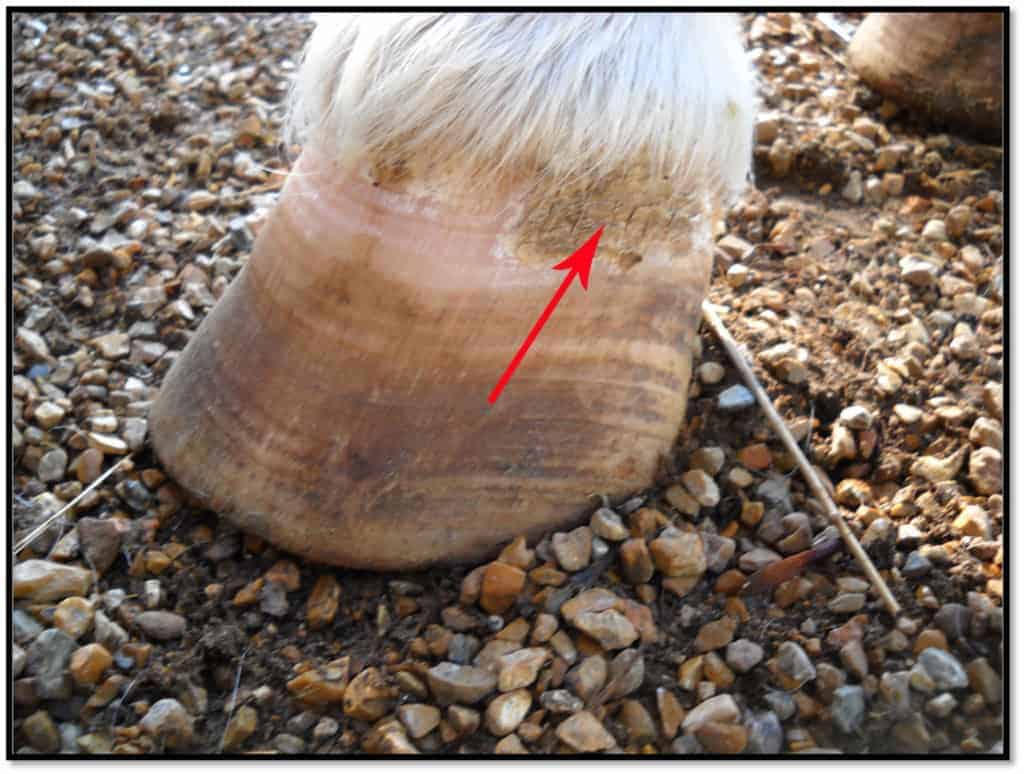Laminitic Racehorse Paynter Could Return to Track
The colt continues to make strides towards recovery and a possible return to the racetrack.
Laminitis (commonly called “founder”) affects an estimated 7-14% of the world’s equine population. It’s the inflammation of the tiny, interwoven lamellae that attach a horse’s hoof to the underlying coffin bone (third phalanx, or P3) and support the horse’s entire body weight. Anything that impacts the integrity of the lamellae, such as inflammation, weakens their hold. This causes the coffin bone to displace within the hoof capsule and move toward the ground. The condition is very painful and is often life-threatening to horses.
The same disease has several different causes, which include:
The colt continues to make strides towards recovery and a possible return to the racetrack.
Zayat Stables reports that its 3-year-old colt Paynter continues to improve after a rough couple of days.
Haskell Invitational winner Paynter, who was diagnosed with laminitis Sept. 4, was “walking comfortably.”
The USA Equestrian Trust recently granted $10,000 to the AAEP Foundation to support the study.

Researchers are asking for horse owners’ help identifying suitable acute laminitis cases for research.
Virginiamycin is the active ingredient in a veterinary medicine used to prevent laminitis in horses.
The stallion worked July 5 before developing colic and endotoxemia that night. He remains in intensive care.

Laminitis is likely the end product of an array of disease processes, one researcher says.

Cryotherapy prevented further lamellar damage in laminitic horses when used after lameness developed.
His owners elected euthanasia after the colt began showing laminitis signs in one of his uninjured legs.

Study horses treated with full-limb casts had a fivefold greater risk of developing laminitis.
Veterinarians can contribute by submitting first-time occurring cases of PEAL in horses they see in practice.

Picking up on subtle signs of hyperinsulinemia is one way veterinarians can try to halt laminitis onset.

Laminitis stemming from equine metabolic syndrome, Cushing’s, and other hormonal conditions is common.

Through a series of scientific, practical, and owner-oriented programs, presenters covered issues such as lameness detection, pain management, shoeing strategies, and treatment methods.
The summit will offer 68 hours of hoof care education focused around the theme “Zeroing in on Soundness.”
Stay on top of the most recent Horse Health news with
"*" indicates required fields